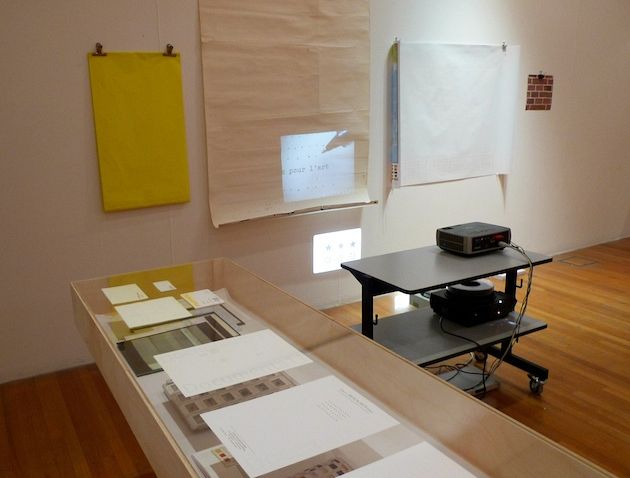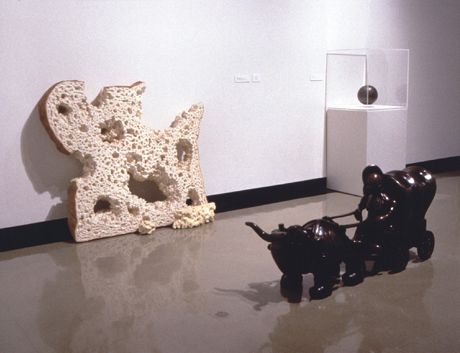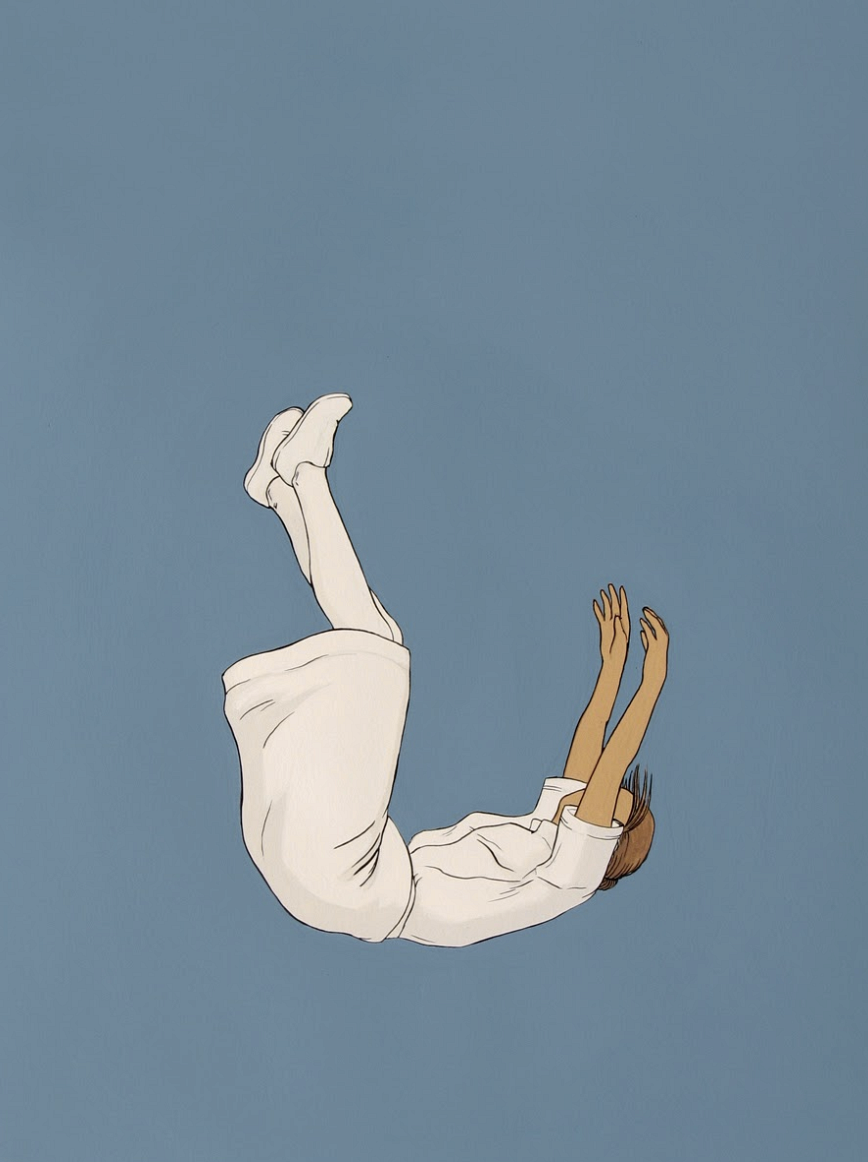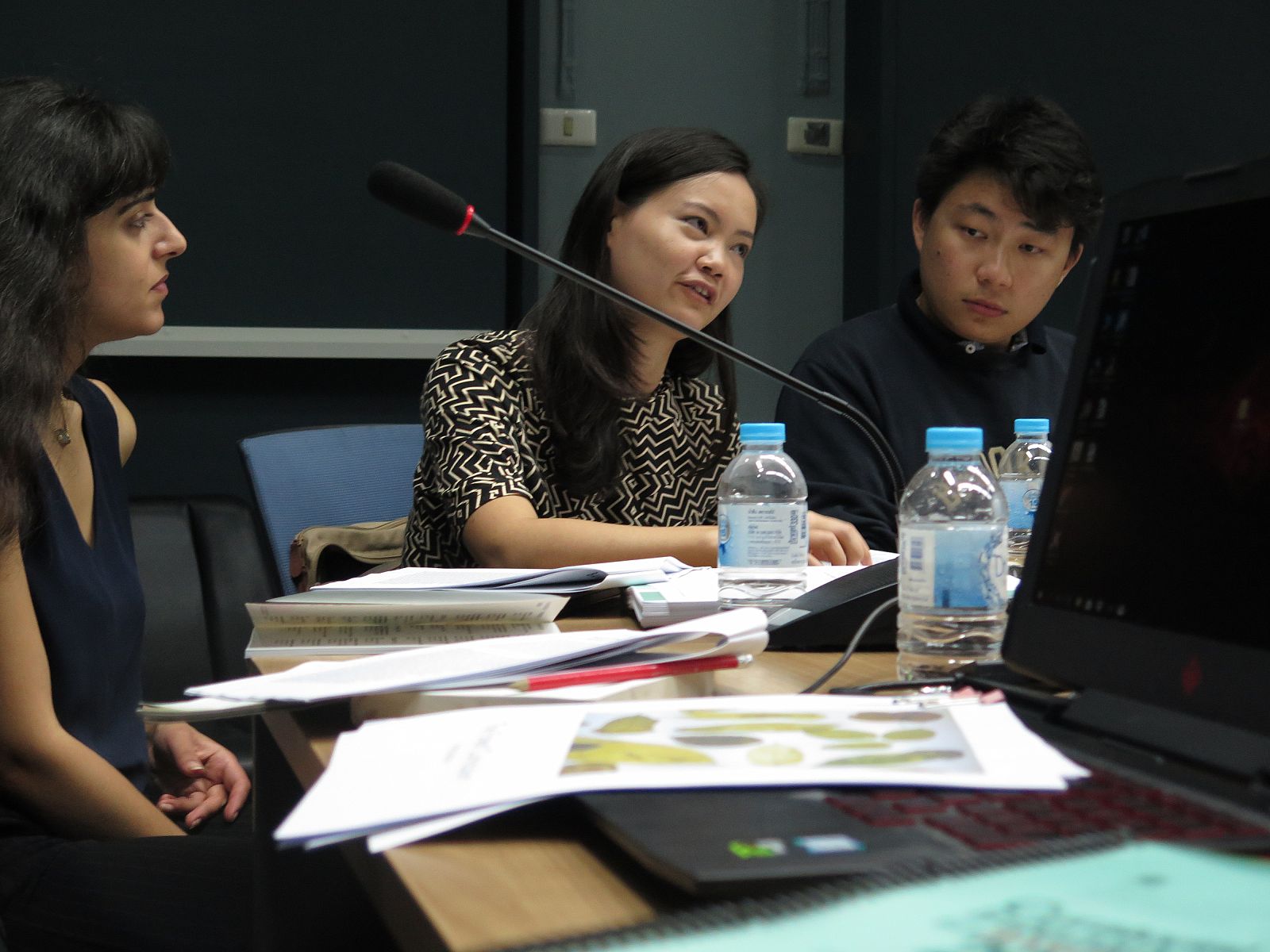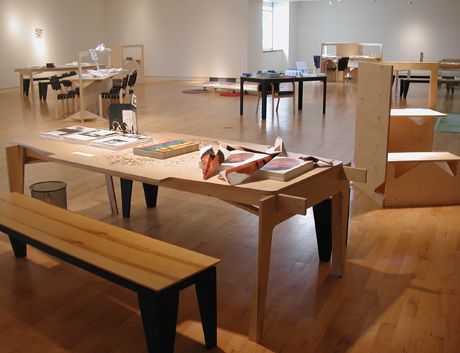Curators Kari Conte and Florence Ostende will take the documentation of the longest “exhibition in progress,” do it, as the starting point for a discussion on exhibition histories and the rise of self-reflexive exhibitions. Started in 1993, do it employs an open curatorial format questioning the traditional definition of an exhibition as an event limited to a specific time and space.
In the early 1990s a growing awareness of a lack of exhibition history gave rise to a wave of publications such as Die Kunst der Austellung (ed. Bernd Klüser, Katharina Hegewisch, 1991), Thinking about Exhibitions (Reesa Greenberg, Bruce W. Ferguson, Sandy Nairne, 1996), and The Power of Display (Mary Anne Staniszewski, 1998). From Staniszewski’s attention to the amnesia of past exhibition forms to Hans Ulrich Obrist’s “protest against forgetting,” this literature on exhibitions pointed to a contradiction between the lack of exhibition archives and the global proliferation of exhibitions.
Along with the increasing development of publications on exhibition history, the overlooked phenomenon of self-reflexive exhibitions has brought a new perspective distinguished from the nostalgic loss of curatorial memory. This event is an attempt to draw a recent constellation of exhibitions that reflect on exhibitions such as Annual Report: A Year in Exhibitions, 7th Gwangju Biennale, Korea, 2008; Voids, Centre Pompidou, Paris, 2009; Retracing Exhibitions, Royal College of Art, London, UK, 2009; and Materializing "Six Years": Lucy R. Lippard and the Emergence of Conceptual Art, Brooklyn Museum, 2012; as well as historical examples such as An Exhibit, Hatton Gallery, Newcastle upon Tyne, 1957; and Stations of the Modern Age, Berlinische Galerie, Martin Gropius Bau, Berlin, 1988. These self-reflexive exhibitions often deliver a larger scope of investigation by emphasizing the artists’ role as interventionist and active participant in the “exhibition machine.”
Rather than strictly focusing on isolated historical case studies, shows on the concept of exhibition-making promote active reconstructions and artistic productions galvanizing the field of exhibition history long-rooted in archival absence and the so-called legitimacy of the curatorial position. Through the implementation of re-readings, artist’s works, new commissions and live events, self-reflexive exhibitions “perform exhibition history” by generating an updated methodology of curatorial practice.
This event is free and open to the public, though seating is limited. Please RSVP to rsvp@curatorsintl.org with Exhibitions on Exhibitions in the subject field.
For more information contact Misa Jeffereis at misa@curatorsintl.org.
Click here for more information on the exhibition, do it.
